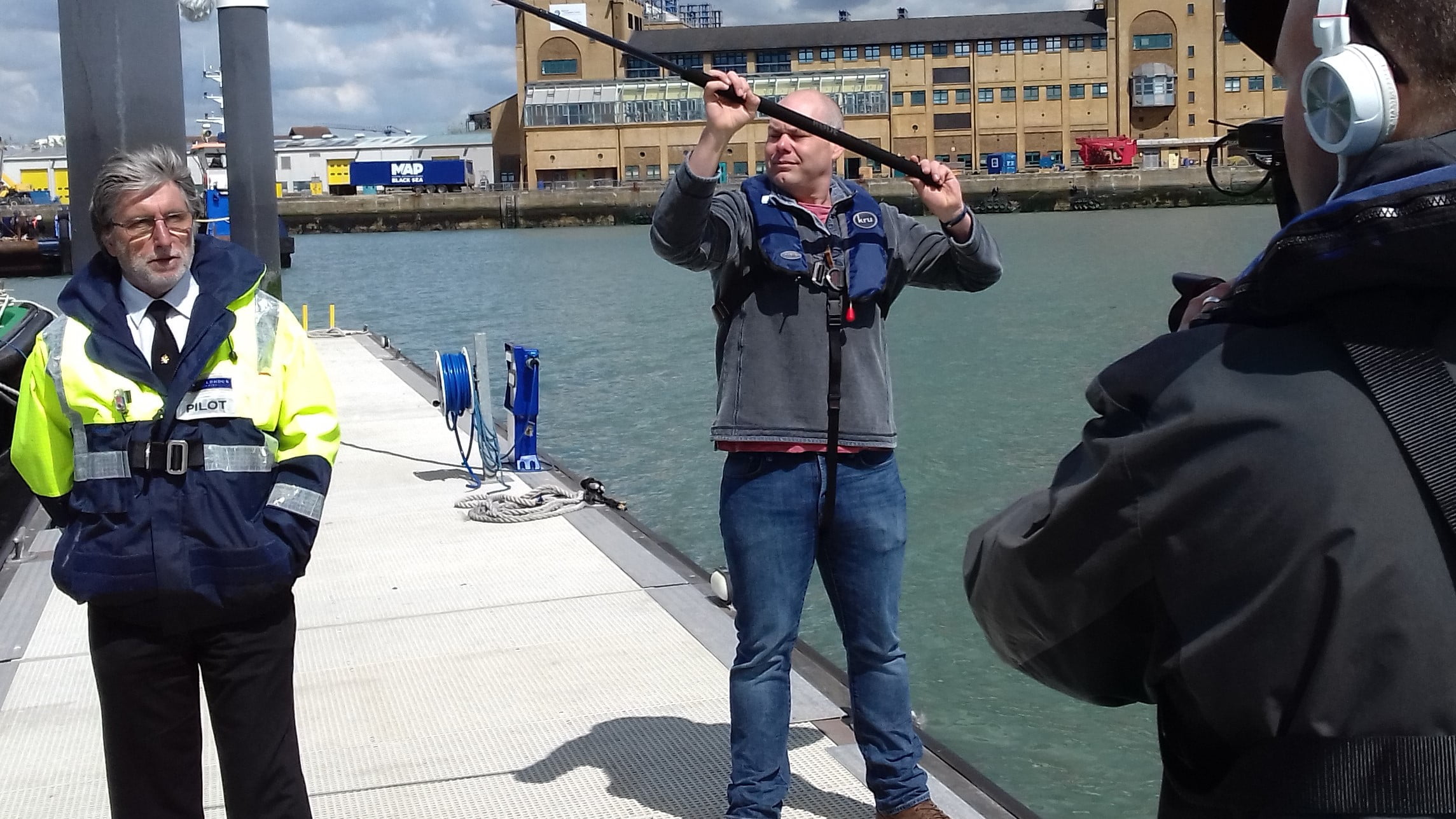We’ve just completed a series of films for National Historic Ships UK, on their course called the ‘Shipshape Heritage Training Partnership’. (Tip: Do not try to say this after a drink or two!) This excellent course trains its students how to preserve, restore, repair and above all sail historic ships in the way they were meant to be preserved, restored, repaired etc. Students graduate with a fully accredited qualification, after training at numerous partnership sites to win their spurs. We began by filming many of the partners on board the tea clipper Cutty Sark at Greenwich (picture.) A great day, and much enjoyed by Maritime Films UK’s stills photographer David Botwinik. Once he gets the scent of a vintage ship there’s just no stopping him! Oh, and ‘Short Shirt’…? That’s what Cutty Sark means. For more, see the next blog…
SHORT SHIRT






